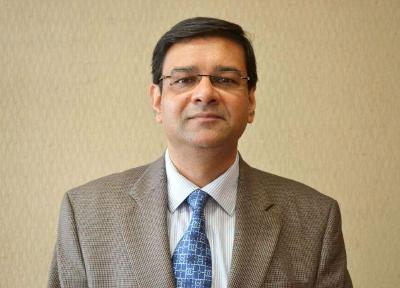
NEW DELHI: Around six months ago, the government asked the RBI to prepare for its latest assault on black money, and told the currency manager to print more Rs 50 and Rs 100 notes, with PM Modi having decided to phase out the current lot of Rs 500 and Rs 1,000 notes earlier this year.
After all the task was humongous: replacing 23 billion notes. Besides, the information had to be kept confidential at all costs.
In any case, apart from the PM, only finance minister Arun Jaitley knew, and two senior officers each in the finance ministry and the RBI were in the loop.
The six months were used not just to print enough Rs 50 and Rs 100 currency notes, but also to plan the operations meticulously. This meant that, on Tuesday , the Reserve Bank of India initiated the first “public” move when its board met around 6 pm and recommended the withdrawal of Rs 500 and Rs 1,000 notes. Soon, the government, which was ready with the notification, moved the Cabinet, which met at 6.30 pm on Tuesday. The decision was taken and the PM went on air to announce the first demonetisation in 38 years.
The government’s calculation was simple. It sees major gains accruing to the economy , beginning with an immediate halt to black money transactions -at least in the near run. This is expected to force people to use only legal channels, which will result in higher taxes in the government’s kitty .
While those showing “agricultural income” can still use a possible loop transact in cash, the hole to transact in cash, the window is seen to be limited and the government expects bulk of the funds to flow into the banking system. This itself is going to provide more boost for lending, which has remained subdued, a senior government official said. “We have hastened the printing of these notes,” RBI governor Urjit Patel said.
Source: Times of India



